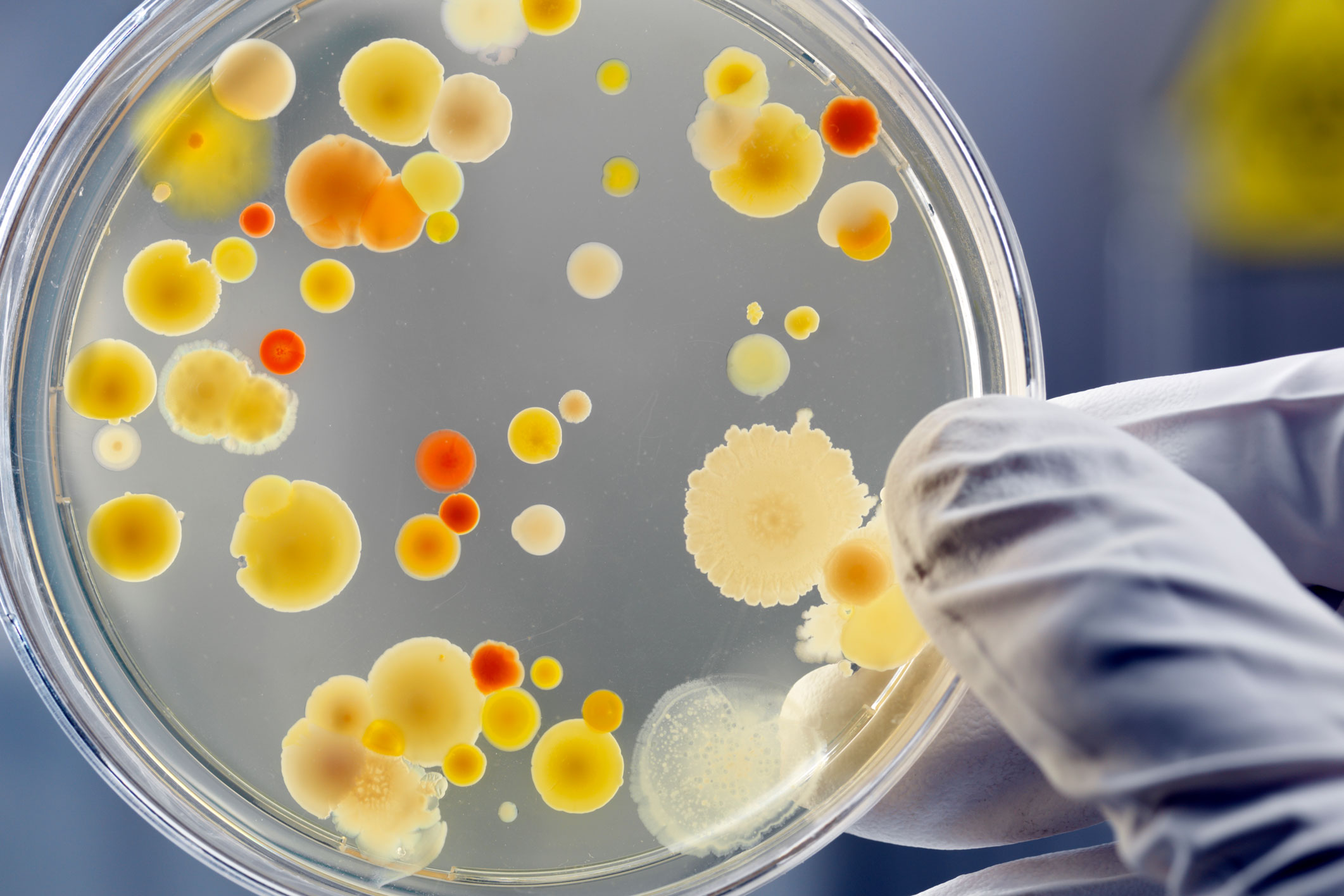
Reference activities of the Ploufragan-Plouzané-Niort Laboratory
The Ploufragan-Plouzané-Niort Laboratory holds numerous national, European and international reference mandates.
National reference mandates
The Ploufragan-Plouzané-Niort Laboratory holds 17 national reference mandates:
National Reference Laboratories (NRLs) for Newcastle disease and avian influenza
Unit responsible: Virology, Immunology and Parasitology in Poultry and Rabbits (VIPAC)
NRL for avian mycoplasmas
Unit responsible: Mycoplasmology, Bacteriology and Antimicrobial Resistance (MBA)
Contact: lnr.mycoaviaires@anses.fr
NRL for Salmonella and avian salmonellosis
Units responsible: Hygiene and Quality of Poultry and Pig Products (HQPAP – Ploufragan-Plouzané-Niort Laboratory) and Salmonella and Listeria (SEL – Laboratory for Food Safety)
Contact: EILA-Salmonella@anses.fr
>> List of methods used for Salmonella (pdf)
NRL for Campylobacter
Unit responsible: Hygiene and Quality of Poultry and Pig Products (HQPAP)
Contact: EILA-campylo@anses.fr
>> List of methods used in the missions of the NRL for Campylobacter
NRL for avian botulism
Units responsible: Hygiene and Quality of Poultry and Pig Products (HQPAP), Epidemiology, Health and Welfare (EPISABE) and the National Platform for the Identification and Typing of Pathogens (IdentyPath – Laboratory for Food Safety)
Contact: LNR-Botu-aviaire@anses.fr
>> List of methods used for C. Botulinum (pdf)
NRLs for classical swine fever, African swine fever and Aujeszky's disease
Unit responsible: Pig Virology and Immunology (VIP)
Contact: uvip@anses.fr
>> Recommendations on sending CSF-ASF-AD samples (pdf)
>> Opinions and interpretations on CSF-ASF-AD (pdf)
NRL for swine influenza
Unit responsible: Pig Virology and Immunology (VIP)
Contact: uvip@anses.fr
>> Recommendations on sending swine influenza samples (pdf)
>> Opinions and interpretations on SI (pdf)
NRL for notifiable fish diseases
Unit responsible: Fish Virology, Immunology and Ecotoxicology (VIMEP)
Contact: lnr.poissons@anses.fr
>> Information note for test submissions (pdf)
>> Test submission form (pdf)
NRL for bovine viral diarrhoea
Unit responsible: Ruminant Diseases and Welfare (PBER)
>> Background on the use of BVD diagnostic kits (pdf)
NRLs for bovine hypodermosis, enzootic bovine leucosis and infectious bovine rhinotracheitis
Unit responsible: Ruminant Diseases and Welfare (PBER)
Associate NRL for antimicrobial resistance
Unit responsible: ANSES Fougères Laboratory
In line with its missions and reference mandates, the Ploufragan-Plouzané-Niort Laboratory is accredited by Cofrac according to the standards: NF EN/ISO CEI 17025 under the numbers:
- 1-2250 (Tests) Ploufragan site ; 1-2251 (Tests) Plouzané site ; 1-6775 (Tests) Niort site
NF EN/ISO CEI 17043 under the number:
- 1-5619 (ILC) VIPAC unit - Ploufragan site
The various accreditation certificates and technical annexes can be viewed on the COFRAC website.
The procedures for processing complaints can be provided to you on request from eric.chorin@anses.fr
European and international reference mandates
European Reference Centre for animal welfare for poultry and other small farmed animals (EURCAW-Poultry-SFA)
Partners: ANSES (Strategy & Programmes Department (coordination), Ploufragan-Plouzané-Niort Laboratory). External: Spain: Institute of Agrifood Research and Technology (IRTA), Denmark: Department of Animal Science, Aarhus University (ANIS/AU), Italy: Istituto Zooprofilattico Sperimentale della Lombardia e dell'Emilia Romagna.
Since February 2020, ANSES has coordinated the European Reference Centre for animal welfare for poultry and other small farmed animals: EURCAW-Poultry-SFA. ANSES draws on the scientific expertise of the Ploufragan-Plouzané-Niort Laboratory in poultry and rabbit welfare and health, as well as on the scientists of the Strategy & Programmes Department.
For specific requests, ANSES may be required to call on the extended network of the French Reference Centre for Animal Welfare (CNR BEA), made up of scientists from the National Research Institute for Agriculture, Food and the Environment (INRAE), the Technical Institute for Poultry Farming (ITAVI), veterinary schools (VetAgroSup-ENSV) and the Ministry of Agriculture's national staff training institute (Infoma).
The Centre's mission is to help improve the implementation of animal welfare regulations on European farms at all key stages of the animals' lives: on the farm, during transport and at the slaughterhouse. It also provides support to Member States and the European Commission in assessing the welfare of poultry, rabbits and fur animals.
The reference centre therefore has five main activities:
- provide scientific and technical expertise to the competent authorities of the 27 Member States and to any national network or body providing scientific support to these authorities;
- produce animal welfare measurement indicators in different contexts;
- disseminate knowledge on welfare, derived from scientific and technical studies;
- provide specific training for the competent authorities in the context of official controls;
- communicate and disseminate innovations in welfare and in assessing welfare of poultry and other small livestock.
The Episabe Unit is closely involved in this project, particularly in the identification and harmonisation of indicators and methods for assessing and improving animal welfare in the broiler and layer sectors.
Reference Laboratories of the WOAH (World Organisation for Animal Health)
The Ploufragan-Plouzané-Niort Laboratory is Reference Laboratory of the WOAH for:
- Gumboro disease;
- avian metapneumovirus;
- Aujeszky's disease;
- ruminant paratuberculosis.
Professional reference mandates
The laboratory acts as a professional reference laboratory for ruminant paratuberculosis, in support of the French federation of animal health protection groups (GDS France).
It is recognised as an expert by the industry and professional partners for porcine reproductive and respiratory syndrome, porcine coronaviruses and circoviruses, and caliciviruses of rabbits and hares (including rabbit haemorrhagic disease virus).